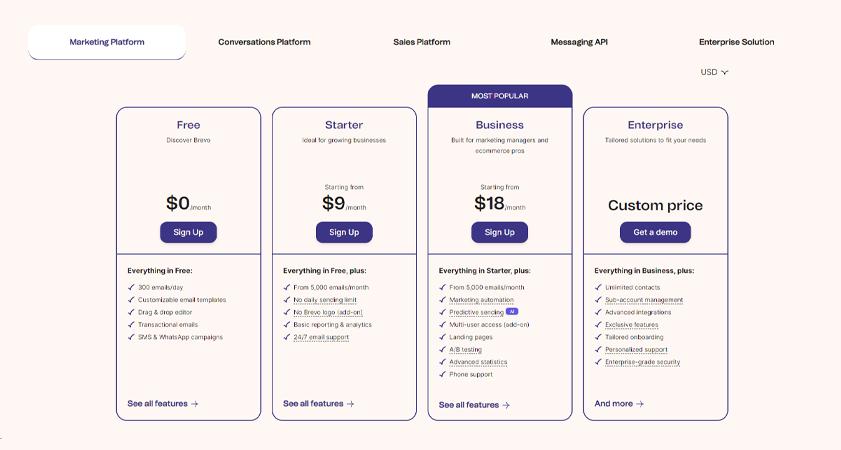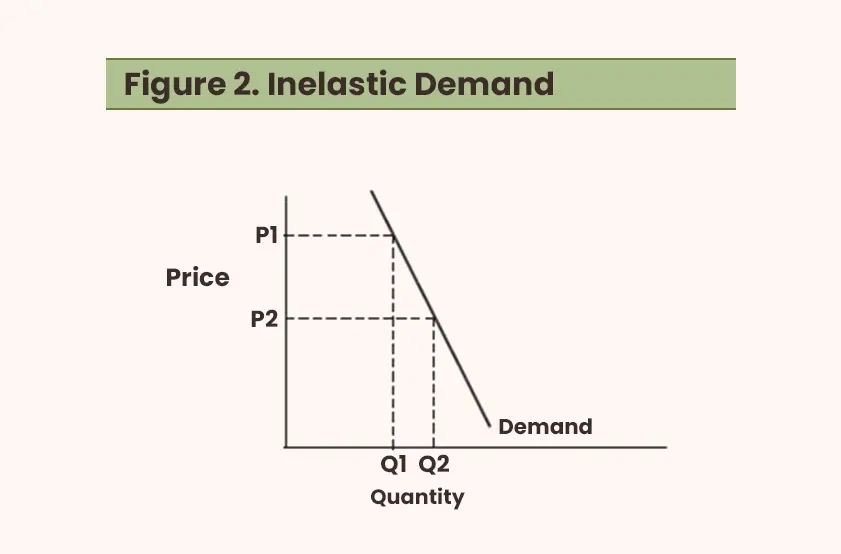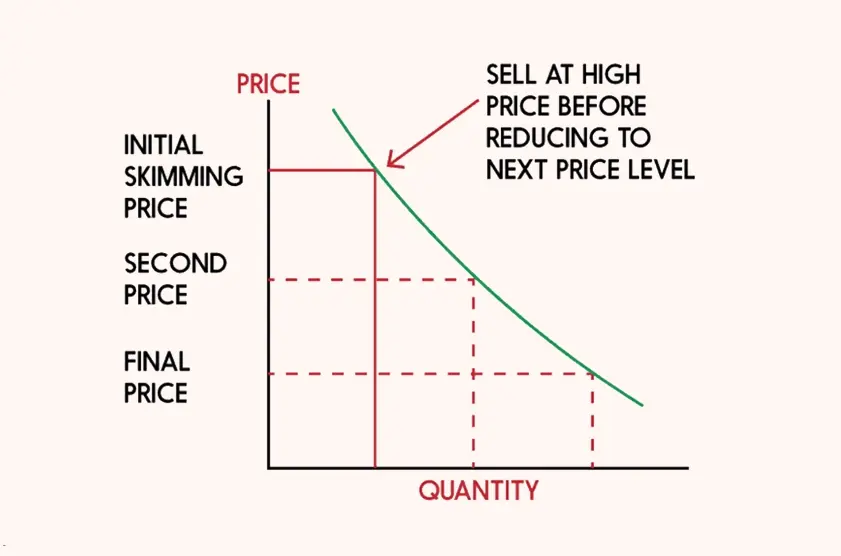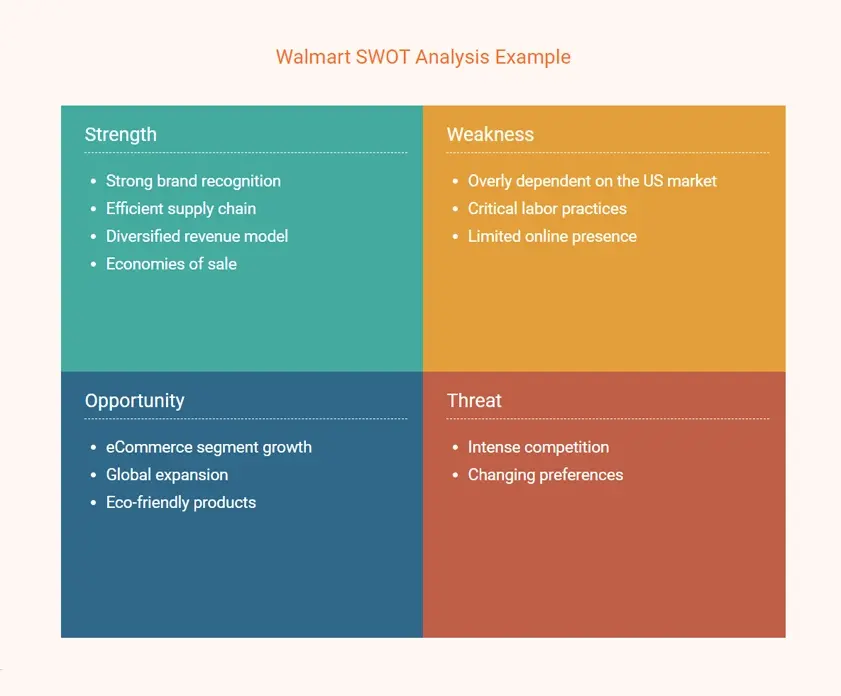Pricing products and services is a sensitive matter. You must strike the right chord to drive consumer demand and remain profitable.
To achieve this feat, you need a flawless pricing strategy for your business plan.
However, you may find it hard to price your offerings as a business owner—and you’re not alone. In fact, according to a survey, 85% of the companies believe there’s always room for improvement in pricing decisions.
But, no need to worry. This guide helps you create a solid pricing strategy so you can cater to your target audience while making enough to run a successful business. We’ll also discuss different pricing strategies and models.
Let’s begin.
What is a pricing strategy in a business plan?
Pricing strategy is the procedure to determine the price of products and services. These include variables like business goals, value proposition, demand and supply, financials, competition, market trends, and buyer personas.
Considering all these factors may sound confusing but creating an efficient pricing strategy is possible if you follow a stepwise procedure to arrive at a price point.
Importance of pricing strategy in a business plan
People often believe pricing strategy is mostly about selling a product or a service at the right price. Well, it’s more than that.
Here are some of its noteworthy benefits:
Clarity about financials
You get a clear view of all financial aspects including income, expenditure, and profit. This helps you to price your products or services reasonably.
Effective brand positioning
A buyer associates the price of a product with the perceived value, whether it’s related to utility or status. Hence, pricing strategy has a direct impact on brand value, credibility, and customer loyalty.
Gain in market share
The perfect pricing strategy for your business can prove to be a game changer, especially if you want to grab a large portion of the target market to maximize revenue and profits.
Edge over your competitors
According to an Accenture and GE study, gaining a competitive advantage is one of the top three priorities of 57% of enterprises. The right pricing strategy can help you achieve it.
Insights of market conditions
While creating a business plan, especially pricing strategy, you must consider external factors before arriving at a conclusion. As a result, you’re aware of all upcoming changes in the market and industry.
Pricing strategy vs. pricing model
Pricing strategy and pricing model—these two terms are often used interchangeably, leading to utter confusion.
While pricing strategy is an approach to setting the product prices, the pricing model is the way you implement the pricing strategy.
For example, the freemium pricing model is based on the penetration pricing strategy. You offer a free trial, limited access at a low price, or a forever-free version to attract prospects and then try to enroll them in a paid plan.
Source: Brevo
Let’s take another example of the hourly pricing model. It’s based on the value-based pricing strategy where you get paid for your services. The more experience you have, the more you get paid.
Similarly, we’ve other pricing models, also called pricing methods, that businesses use to generate revenue. The most important ones are:
- Bundle pricing
- Subscription pricing
- Project-based pricing
- Tiered pricing
- Flat pricing
- Promotional pricing
Pick the model best suited for your goals and the one delivering maximum perceived value to the customer.
10 Types of pricing strategies with real-life examples
Now that we know the importance of the pricing strategy in a business plan, let's explore various strategies deployed time and again to entice customers, destroy competition, and maximize profits.
We’ll also showcase real-world examples of companies utilizing a particular strategy to sell their products or services.
1) Value-based pricing
As the name suggests, value-based pricing is a pricing process based on the customer’s perceived value of a product or a service. The higher the value, the higher the product price. Therefore, we can say value-based pricing, also called value-added pricing, adopts a customer-centric approach.
The selling price is irrespective of the production and operating costs. Think of fine dining restaurants, luxury cars, art galleries, and haute couture. A business knows the product is unique, enhances the client’s self-esteem, and provides an unparalleled experience.
Real-world example: Starbucks, in comparison to other coffee beverage brands, is the most expensive. It charges a premium for its upscale image, relaxed and comfortable interiors, and sit-as-long-as-you-want policy.
2) Economy pricing
In economy pricing, you sell the products or services at low prices due to low production costs and negligible advertising costs.
Since the profit margin is thin, it can be successful only if you sell offerings in plenty (sales volume-based strategy). Examples comprise generic groceries, medicines, and budget airlines available at the lowest price to potential customers.
Real-world example: Amazon deploys economy pricing to sell multiple products at discounted prices under a generic brand called AmazonBasics.
Source: Amazon
3) Competitive pricing
Do you know for 87% of consumers, “getting a good deal” is important when choosing between brands or retailers? Buyers will always compare before spending.
This indicates the power of competitive pricing, also known as market-oriented and competitor-based pricing, a marketing strategy where a business prices its products or services based on competitors’ prices.
Real-world examples: Uber and Lyft, Amazon and Walmart, McDonald’s and Burger King, and so on.
4) Premium pricing
When you charge a higher price for a product or service than competitors to provide better quality and value, it’s called premium pricing. Businesses that opt for premium pricing often have few or no competitors. Luxury brands, for example.
However, premium pricing, also called prestige pricing, can backfire if a business’s equity doesn’t support its perceived value. In short, brands should be able to justify the premium price.
Real-world example: Rolex, the Swiss watch manufacturer. Their watches are of top-notch quality, robust, and as precise as possible. Hence, they demand a higher price for their products.
5) Cost-plus pricing
Also known as markup pricing, this strategy is one of the simplest pricing mechanisms. Simply add the desired profit, or markup, to the production cost to arrive at the selling price.
Formula: (Production cost) × (1 + Desired profit in %) = Selling price
Cost-plus pricing is ideal for products and services that are inelastic or less elastic, i.e., their demand remains unchanged in case of a price change. Gasoline, for example.
Source: Iowa State University
Real-world example: Everlane is one company that believes in transparent pricing. The retail store shares overhead costs and operating costs, allowing you to easily calculate the markup.
6) Penetration pricing
If you’re planning to launch a new product or service, a penetration pricing strategy should be your go-to to take the market by storm. This happens when you launch a product or service at a low price.
The penetration pricing should be used for a limited time as it restricts profit margins due to low selling prices. However, if the strategy delivers excellent economies of scale, you can keep the price unchanged.
Real-world example: Hulu, a streaming service, offers bundle packages at discounted prices. With its fierce pricing and unparalleled value, Hulu has been growing consistently.
7) Dynamic pricing
The practice of varying the price of products and services based on current market conditions such as demand, supply, seasonality, and time is called dynamic pricing.
Also referred to as time-based pricing, surge pricing, variable pricing, and demand pricing—dynamic pricing strategy works best to maximize revenue because it offers multiple price points for customers at different times.
Real-world example: Airbnb is a classic example of dynamic pricing. The prices go up when the demand goes up. Like when the holiday season is around the corner, or the prospect wants an immediate booking.
8) Skim pricing
Also called price skimming and high-low pricing, skim pricing is a marketing strategy wherein you launch a product or service at a high price, and then decrease it over time.
Source: FEEDOUGH
Price skimming is a short-term pricing strategy, targeting early adopters who are usually loyal customers and ready to pay a high price. The price decrease works best during sales to clear inventory.
Real-world example: Apple adopts the price skimming strategy. The newly launched iPhones attract early adopters. The older iPhone models are sold at lower prices, attracting price-sensitive customers.
9) Psychological pricing
Psychological pricing plays with human psychology to increase sales volume by altering buyer perceptions and decisions. For example, businesses place price tags ending with $9.99 or $9.95 instead of $10 to create a perception of lower prices.
The psychological pricing has many variants—charm pricing, prestige pricing, anchor pricing, decoy pricing, center stage pricing, buy-one-get one (BOGO), and so on.
Real-world example: Louis Vuitton, the French luxury fashion brand, deploys whole number pricing to render an expensive touch to their line of products. Their prices mostly end at 0.00.
Source: Louis Vuitton
10) Geographical pricing
Geographical or geographic pricing strategy revolves around adjusting the price of a product or service based on the buyer’s location and other geographic factors like regional culture, regulatory norms, income levels, and buyer behavior.
While local businesses can easily nail the pricing, a global enterprise needs to research properly before arriving at a price point. For example, differences in shipping costs have a major impact on product sales.
Real-world example: Adobe, a US-based software company. In India, the Adobe Creative Cloud Apps is available at a discounted price. Whereas in the US, it’s a little more expensive.
How to make an effective pricing strategy for your business plan?
Hope you got a complete understanding of how different pricing strategies work. It’s important because you will use one or more of these to come up with a strategy of your own.
Here’s the stepwise procedure to create a pricing strategy for your business :
1) Know your business goals
The ultimate aim of a pricing strategy is to mint money; every business wants increased revenue and profits. However, you can’t just focus on money. You need to have a goal that fuels your business.
Perhaps you want the largest market share, to attain new levels of brand equity, or to achieve the highest sales target ever. Whatever your goal, pricing is the pathway to achieve it. Therefore, before you begin to write the pricing strategy, note the goals.
2) Identify target audience
While pricing your products, you must know who your customers are and how much they’re willing to pay.
Create buyer personas to overcome the first obstacle of knowing your customers. Here’s everything you’ll learn about your target customer base:
- Demographic information like age, gender, location, language, education, relationship, preferences, etc.
- Psychological information like values, interests, challenges, pain points, fear, motivations, etc.
The answer to your second question lies in conducting a customer survey to gather data about prices. For this, check out the Van Westendorp Pricing Model. It’s a set of four survey questions that help you determine a range of acceptable prices for your product or service.
Source: Forbes
3) Study your competitors
Know what your competitors are charging from your target audience before you make a pricing move. Otherwise, it can be fatal for your business as the competitor will erode your market share.
Based on the information you have, proceed with a suitable pricing strategy.
For example, adopt a competitive pricing strategy if you’re providing the same value as your competitors. Choose value-based pricing when you know no one can match your value proposition.
If it's about more than just the price, you need to dig deeper. Competitor SWOT analysis and Porter’s Five Forces are excellent models to gauge your competition and other forces before finalizing a pricing strategy.
(Source: 7 SWOT analysis examples)
4) Calculate the costs
You can’t arrive at a price point unless you know the expenses associated with your business. Most pricing strategies are completely dependent on business costs, such as cost-plus price and penetration pricing.
Ensure you have access to complete data related to costs of goods sold (COGS), operating expenses (fixed costs and variable costs), and non-operating expenses. Once you have the information, you can add a markup or profit margin to set a selling price.
The value you provide to the end user at the expense of higher costs has a major impact on the pricing.
If you offer unique features, better quality, and outstanding customer support, opt for a premium pricing strategy. Conversely, economy pricing is apt for generic quality products manufactured at a lower price.
5) Write a pricing strategy for your business
Based on the criteria laid out above, you can start drafting a pricing strategy for your business plan. A few questions to ask while doing the job:
- Is the pricing aligned with your revenue goals?
- Are you providing enough value for the price you ask?
- Do you have a competitive advantage?
- Are all costs and expenses taken into consideration?
- Does the strategy help you with brand positioning?
If you get clear answers to these questions, your pricing strategy is in tandem with your business goals.
If you’re stuck somewhere, you can always seek expert help or use a credible AI business plan generator to ease your pain.
Conduct pricing analysis of existing products or services periodically based on sales performance and external factors. It helps you stay aligned with your goals. If anything seems off track, there’s always room for restructuring.
Conclusion
Now you have all the knowledge required to create a foolproof pricing strategy for your business plan.
Using this guide as a reference, come up with a blueprint to conquer the market, generate a continuous revenue stream, and establish a loyal customer base.
At any point, if you require an extra push to sail through the process, allow the AI business plan generator like Bizplanr to draft a robust business plan in a few minutes!
Get Your Business Plan Ready In Minutes
Answer a few questions, and AI will generate a detailed business plan.
Frequently Asked Questions
Is pricing strategy a business strategy?
Yes, it is. A pricing strategy is often referred to as a business or marketing strategy because it’s more about maximizing profit, gaining market share, and positioning your brand than just sales and revenue.
What is the pricing structure in a business plan?
The pricing structure in a business plan outlines how you will price your product or service. It includes details like the selling price, discounts, payment terms, and how your pricing compares to competitors. It’s a way to attract paying customers and stay competitive.
Freemium pricing, bundle pricing, and subscription pricing are some of the most used pricing structures.
How do companies formulate a pricing strategy?
Companies create a pricing strategy by researching their market, understanding their costs, conducting competitor analysis, and figuring out what customers are willing to pay.
They also consider their business goals, whether it’s to increase profit, grow market share, or establish a premium brand. Lastly, they choose a pricing model that aligns with these goals.












